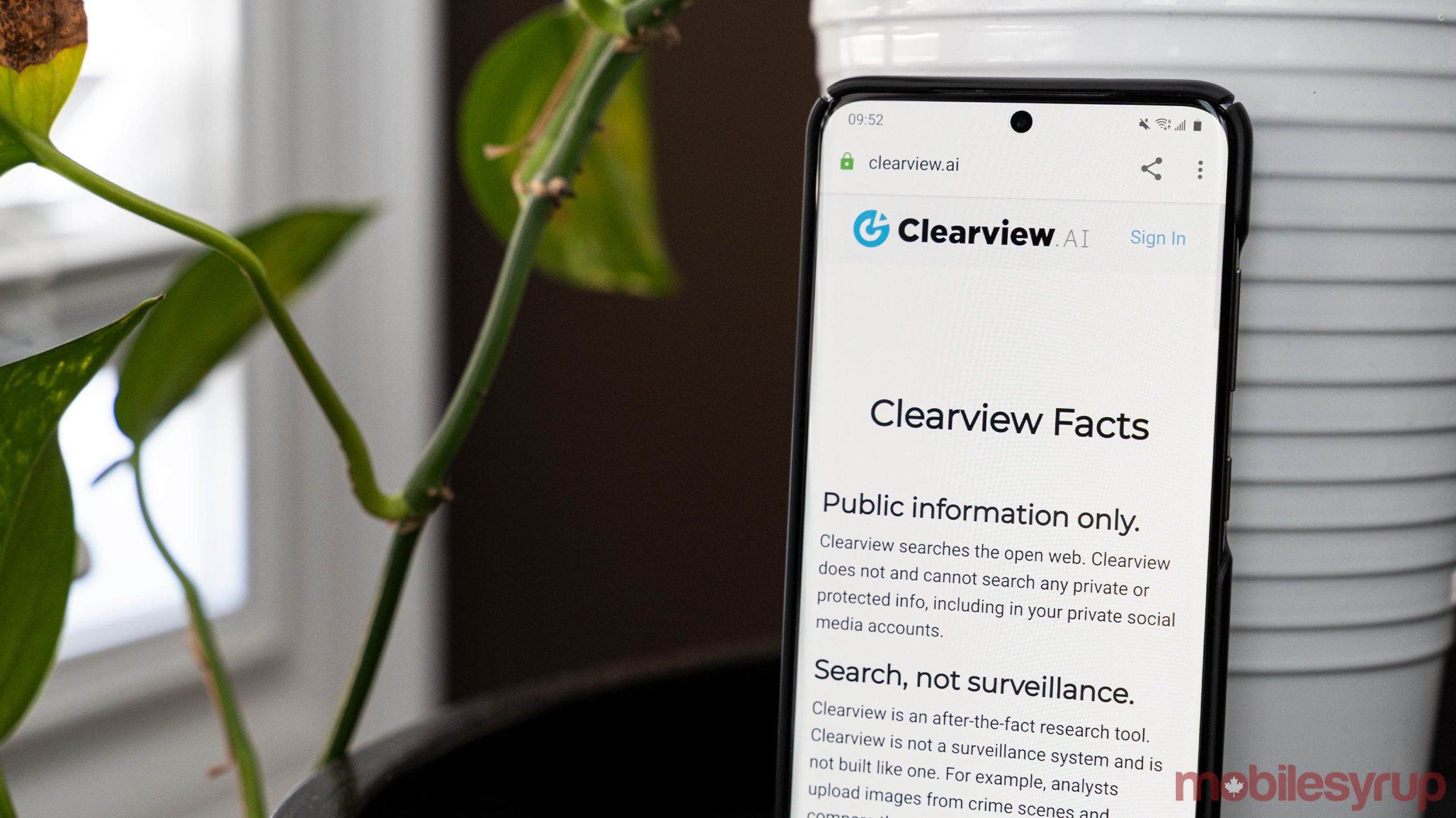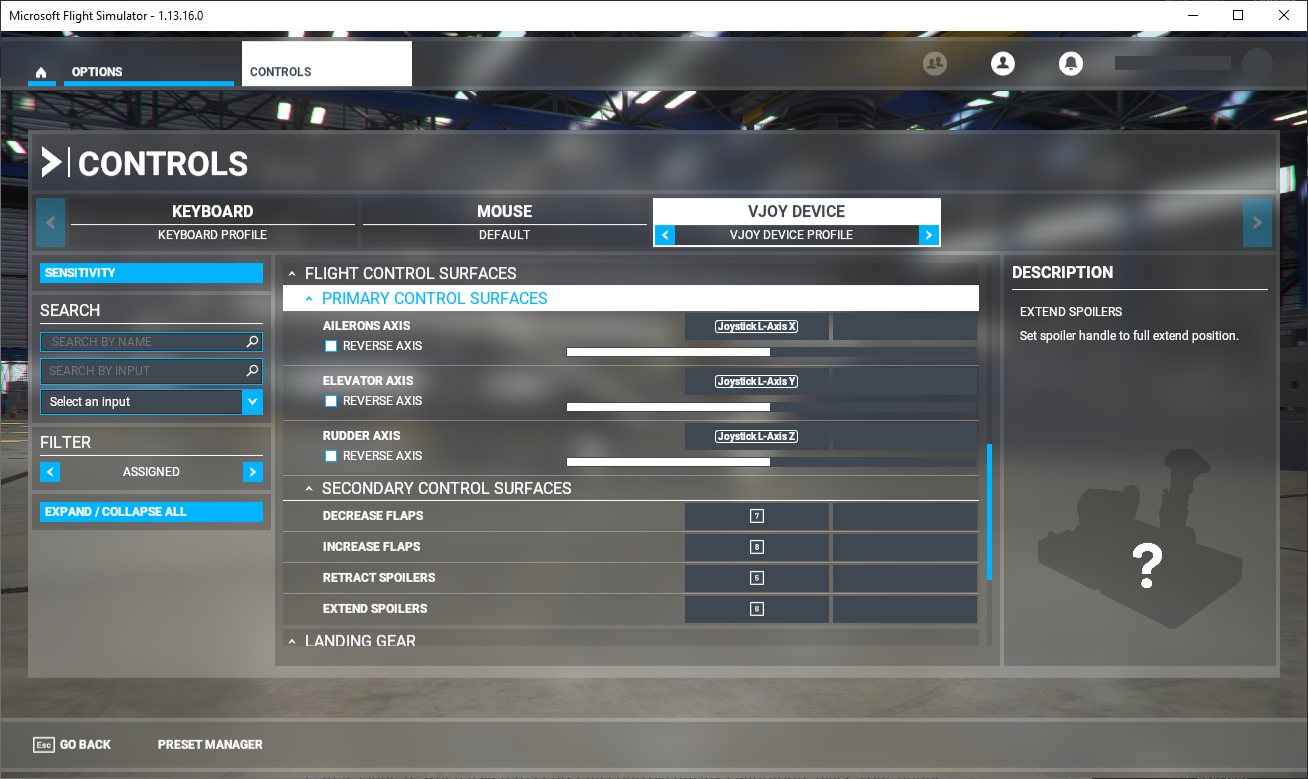
- #Clearview simulator control surfaces missing manual#
- #Clearview simulator control surfaces missing full#
- #Clearview simulator control surfaces missing verification#
- #Clearview simulator control surfaces missing software#
- #Clearview simulator control surfaces missing simulator#
Conclusion: A mechanical system that supports parallel axis rotation of the RWS at offsets up to 40 cm was designed. In addition to acquiring in-depth experience in mechanical engineering design, numerous lessons were learnt with regards to project management, including requirement identification methods, goal setting and team work. This included numerous requirements that were listed as should requirements, which introduce additional functional freedom to the stakeholders.
#Clearview simulator control surfaces missing verification#
At termination of the project a system was designed that by verification fulfills more than 94 percent of all the system requirements. An Incremental Test method was applied to facilitate structured, step-wise testing that would make it easy to identify which component or interface that is the source of any failed test.
#Clearview simulator control surfaces missing manual#
When designing structural components care was taken to ensure that manufacture was feasible, ultimately forming the Production Manual whichģ will be delivered to the manufacturers. A "worst case" load scenario was defined, which formed the basis for evaluation and selection of components, as well as structural optimisation of the design. The function block could be changed to calculate different motion and load scenarios, and provided indispensable data for the calculations of total system torque. The model uses a custom-made Matlab function block to calculate the torque needed to satisfy the given input conditions. By starting with a simple Free Body Diagram and progressively expanding the included variables a comprehensive dynamic model of the system was developed in SimuLink, through the use of differential equations and vector analysis. The complex load scenario that the system will be exposed to includes both rotation of a high load combined with the movement of a motion table involving 6 degrees of freedom, affirmed the need for a structured engineering model to uncover the forces and loads imposed on the system. An extensive Requirements Traceability Matrix was developed to ensure traceability between requirement originator, breakdown of requirements, corresponding tests and status. Frequent view hopping in the CAFR+ model ensures that the needs of all the system stakeholders at different stages of the system s life cycle were considered, ranging from usage to manufacture and service. Through nine iterations a step-wise, well reasoned development process was ensured from generation of an understanding of the desired system, through conceptual development and feasibility assessment, to final design development. The CAFCR+ model was used to structure the systems engineering and development process. Method: The Project Plan provided guidelines for execution of the project that aimed to ensure satisfactory delivery of the by the set deadline.
#Clearview simulator control surfaces missing simulator#
Hence, a low-cost physical Turret Simulator that can be adapted to simulate input data from various RWS placements on the turret is therefore needed.

#Clearview simulator control surfaces missing full#
Getting access to a full turret has proven difficult and costly.

#Clearview simulator control surfaces missing software#
The possibility to adjust the centre of the RWS away from the centre of the turret in the Turret Simulator is necessary in order to acquire specific data and develop software that supports the various set-ups required by customers. Some of the integrated functions can be simulated in software, but simulating accurate data is challenging. KPS works on projects aimed at integrating the input from the two rotating systems the turret and the RWS.


The great level of complexity of design, integration, testing and verification requires a "demo system" that simulates how the system will respond in real operational environments. This significantly increases the complexity of integration between the systems. Background: KPS have numerous customers that request to have the RWS mounted onto a turret-carrying vehicle. The project was provided by Kongsberg Protech Systems (KPS), who intend to implement the system in a test simulation laboratory. 1 Orbital Motion Simulator Bachelor Thesis Haytham Ali Kjetil Fjeld Anders Gunbjørnsen Heidi Kallerud Martin Sandberg Fredrik Thoresen Høgskolen i Sørøst-NorgeĢ Project Abstract Aim: The aim of the project was to design a system that will support rotation of a remote weapon station (RWS) in isolation, and in parallel axes off-set, to a rotating turret.


 0 kommentar(er)
0 kommentar(er)
